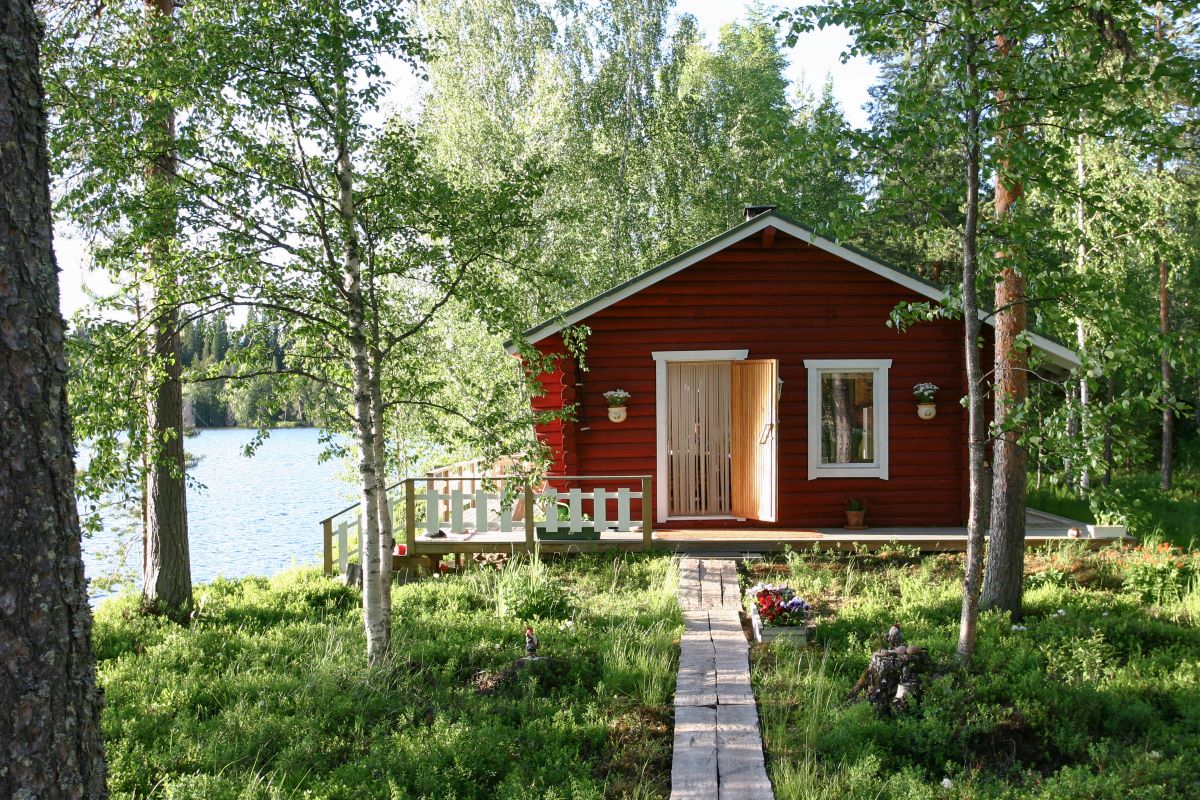Cabin Chronicles: Crafting Your Family’s Timeless Legacy through Estate Planning

Family cabins spark many different emotions. For many families, it is heaven on earth – it holds cherished memories of shared vacations, bonding moments, and a retreat from the hustle and bustle of daily life. For others, it can be a source of contention and lifelong resentment.
The goal of many cabin owners is to pass the family cabin on to their children and grandchildren to enjoy for future generations. But they need to make sure they consider all of the issues and potential conflicts that could arise from transferring the cabin. Many parents believe their children will simply get along and work together during any ordeal that may present itself, because hey, who wouldn’t be happy to inherit a cabin? But what happens when one child is not financially able to pay expenses related to the cabin? What happens if one child prefers a cash inheritance, rather than an interest in a cabin? And what about scheduling time, divvying up expenses, determining who can use the cabin, and whether a child can mortgage the cabin for some much needed cash in a time of need? By making well-informed decisions and taking necessary precautions, families can ensure a smooth transition of their beloved cabin to future generations.
Establish Objectives
Before determining what method of transition works best for your family dynamic, it’s important to first establish your objectives for the family cabin. Consider questions like:
- Do you wish to keep the cabin within the family;
- Are there specific family members that utilize the cabin more than others;
- Is it preferable to sell altogether and distribute proceeds;
- What are some realistic guidelines to establish regarding the use and maintenance of the cabin.
Understand Ownership Structure
You should also understand the current ownership structure, and determine which type of ownership structure would work best for your family’s particular circumstances, as this can have significant implications for not only your estate planning, but future administration of your estate.
The form in which cabins are transferred to the next generation is very important, and the consequences of naming children as either tenants in common or as joint tenants are often overlooked (or unknown). There are several things to consider when transferring property outright. As a joint owner, a child can pass his or her interest in the cabin to a spouse or a third party without the consent of the other owners. If a child is unable or unwilling to meet the financial obligations of the cabin, the others are forced to take on this burden without the guarantee that they will be reimbursed for paying their sibling’s share of the expenses. A child’s interest in the cabin is subject to his creditors, and he can use his interest as collateral for a loan without the consent (or even knowledge) of his siblings. A child can also use the cabin for a disproportionate length of time, or can decide to rent out the cabin without first consulting the others.
Cabin Trust vs. LLC
There are two main vehicles that are recommended for transferring ownership in the cabin that can address some of the issues described above. The first is to create a cabin trust. A cabin trust can appoint a trustee who has management control. It allows parents to designate who can use the property, when they can use the property, and how expenses related to maintenance, taxes, and repairs will be allocated. Another technique (and frankly, a more preferred approach) is to create a limited liability company (LLC) to hold and manage the cabin. The parents (and the children in many circumstances) can create an Operating Agreement which outlines ownership, succession, use, payment of expenses, and restrictions on use and improvements to the property. It can also include buy-out provisions in the event a family member no longer wishes to own an interest. Placing a cabin into an LLC prevents a forced sale or “partition action” by one of the owners, allows for simplified scheduling, can restrict who can own an interest in the LLC (particularly in the event of a child’s divorce), and it can address a child’s failure or refusal to pay his or her fair share.
Regardless of whether you us a cabin trust or an LLC, it is crucial to consider the issues of succession planning, tax implications, and operational expenses of the cabin. Prevent succession issues by: (i) specifying in the trust or operating agreement who will inherit the cabin and in what proportions; (ii) anticipate unforeseen circumstances such as the death of a designated beneficiary, and establish alternative plans for succession; and (iii) address family dynamics by considering the impact of gifting or bequeathing the cabin to certain family members and how it may affect relationships. Seek advice from a tax professional or estate planning attorney to engage in strategic tax planning to help minimize the tax burden on your loved ones. Consider operational and maintenance expenses by determining: (i) how costs will be divided among family members; (ii) whether a fund should be set up to cover future expenses, and how funds are contributed; and (iii) is there a possibility of the cabin to be rented out to generate income for maintenance expenses.
It is important to consider all of the issues and potential conflicts that may arise when passing on the family cabin. If the desire is to keep this sacred place in the family, without causing it to tear the family apart, it must be done through thoughtful estate planning.
Questions About This Topic?
Contact us today if you have questions about this topic or if we can assist you with your Estate Planning needs.
